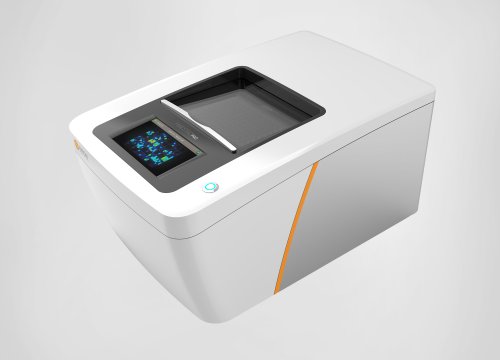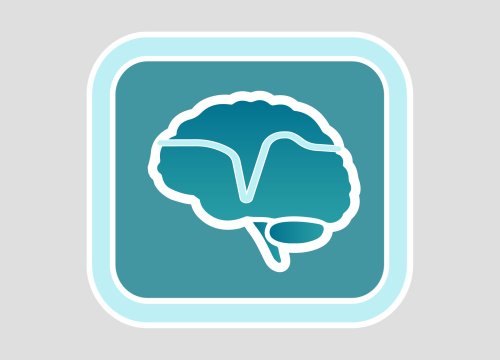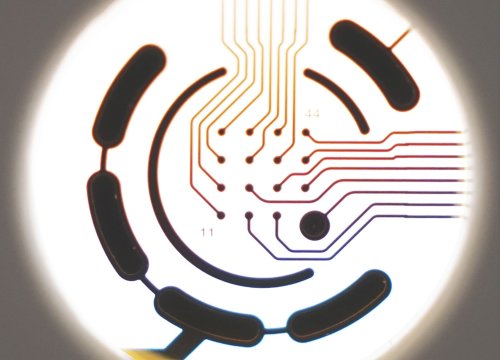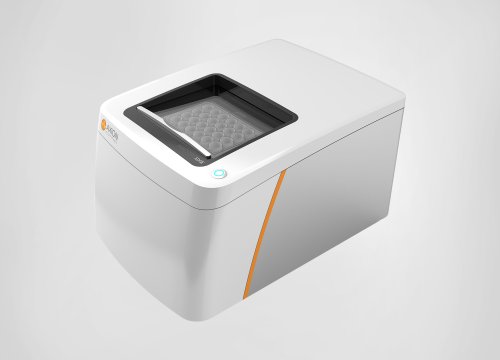Tomasello DL, Sive H
Zebrafish, 2020
Summary:
This paper describes a noninvasive multielectrode array assay using Axion’s Maestro Edge system for brain and spinal cord local field potential recordings from live zebrafish larvae. The spontaneous activity and coordinated network measurements of activity are recorded. The sensitivity of the system was evaluated by measuring the neural activity of the larvae after the treatment with valproic acid (antiepileptic drug). The treatment resulted in a decrease in larval movement as well as spontaneous brain activity, however spinal cord activity was unaffected. The step-by-step instructions for this experiment are described by the authors in this publication as a useful electrophysiological method in the zebrafish community.
Organism electrophysiology on MEA platform
Zebrafish electrophysiology is captured consistent across wells in relation to the orientation of the organism in the well, providing a reliable assay for compound screening.
Immobilize the zebrafish in agarose over the electrode containing region of a well in an MEA plate. Once the agarose has solidified, start recording immediately. Spontaneous activity should be detected within 3-5 minutes. Analyze the zebrafish’s neural activity in the MEA plate label-free and in real-time with AxIS Navigator Neural Module software. Add test compounds as required.
The advantage of measuring zebrafish brain and spinal cord electrical activity on the Maestro Pro and Edge systems:
-
Noninvasive measurement from an intact organism – The Maestro MEA platform performs noninvasive electrical measurements from the zebrafish’s neurons, circumventing the use of dyes/reporters that can perturb your cell model and confound results.
-
It's easy – You don't have to be an electrophysiologist to use the Maestro MEA system. Just immobilize your zebrafish in agarose in an MEA plate, load your plate into the Maestro MEA system, and record your neural data. Axion's data analysis tools will do the rest, even generating the publication-ready graphs you need.



